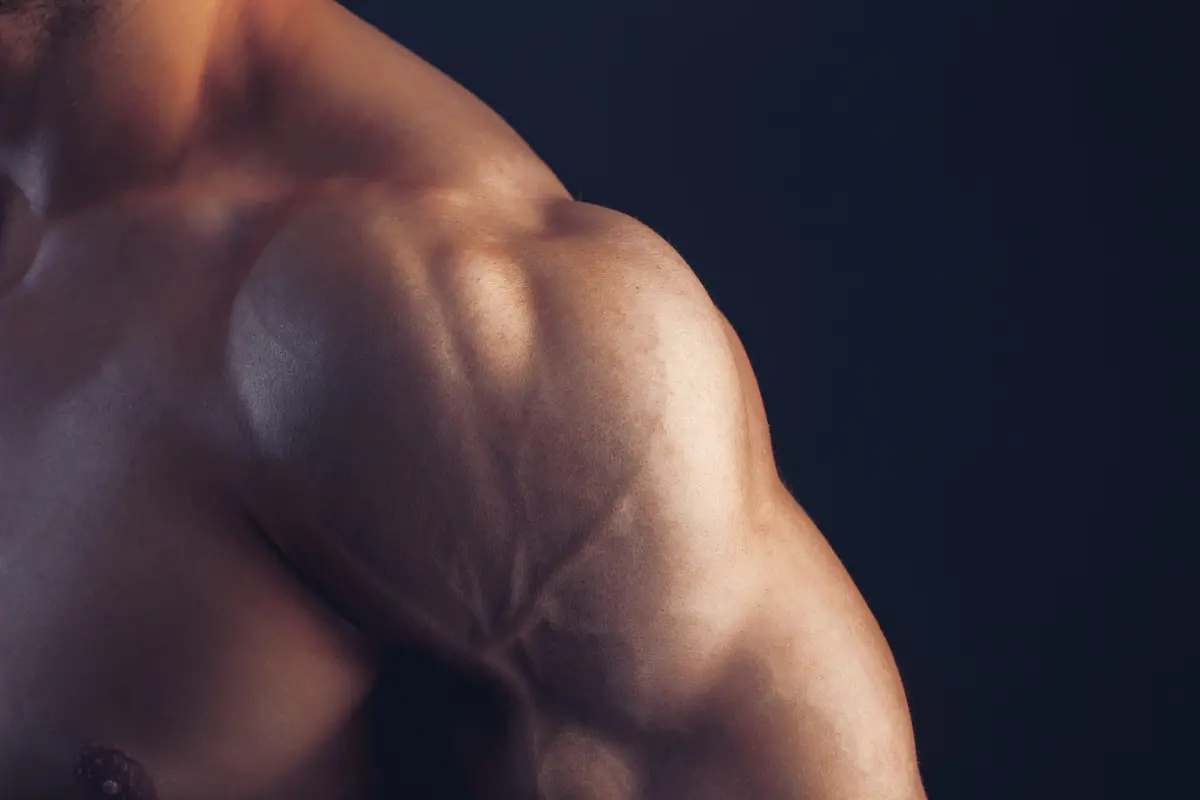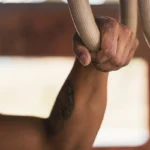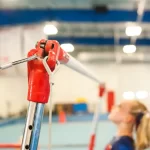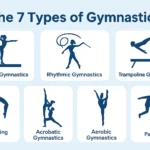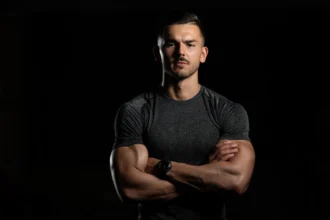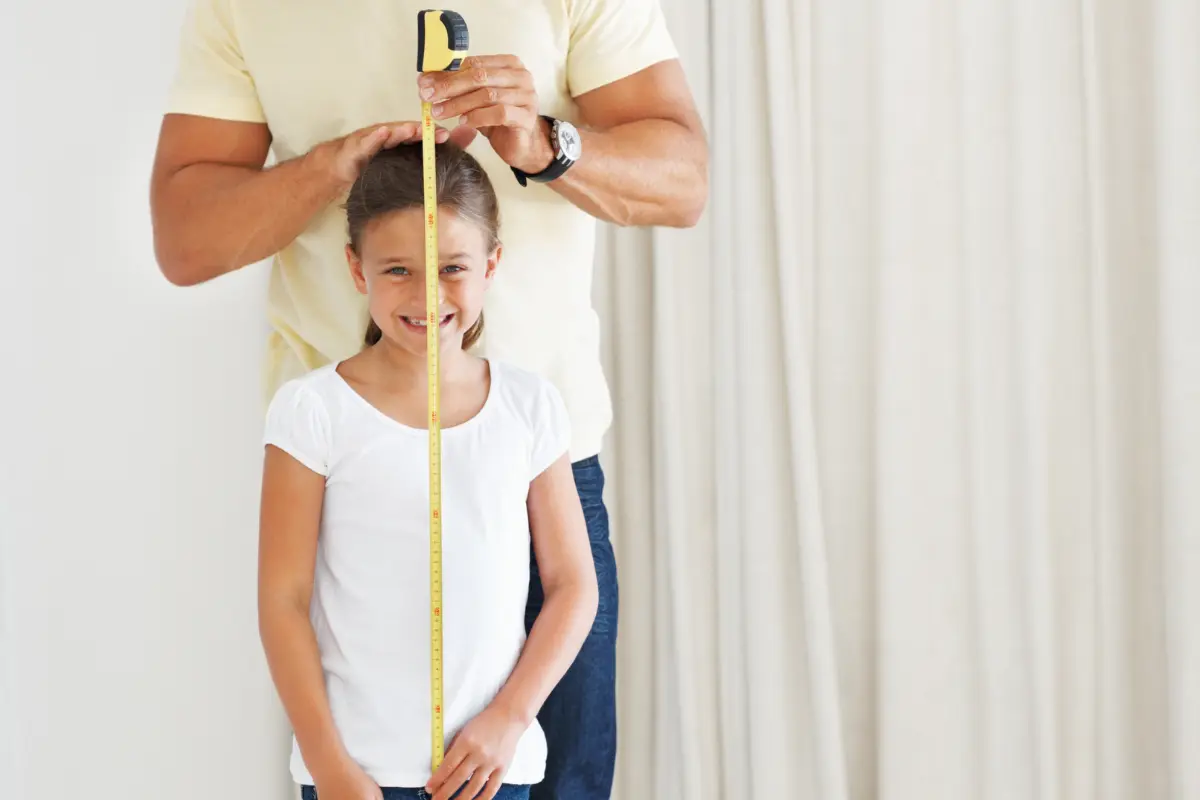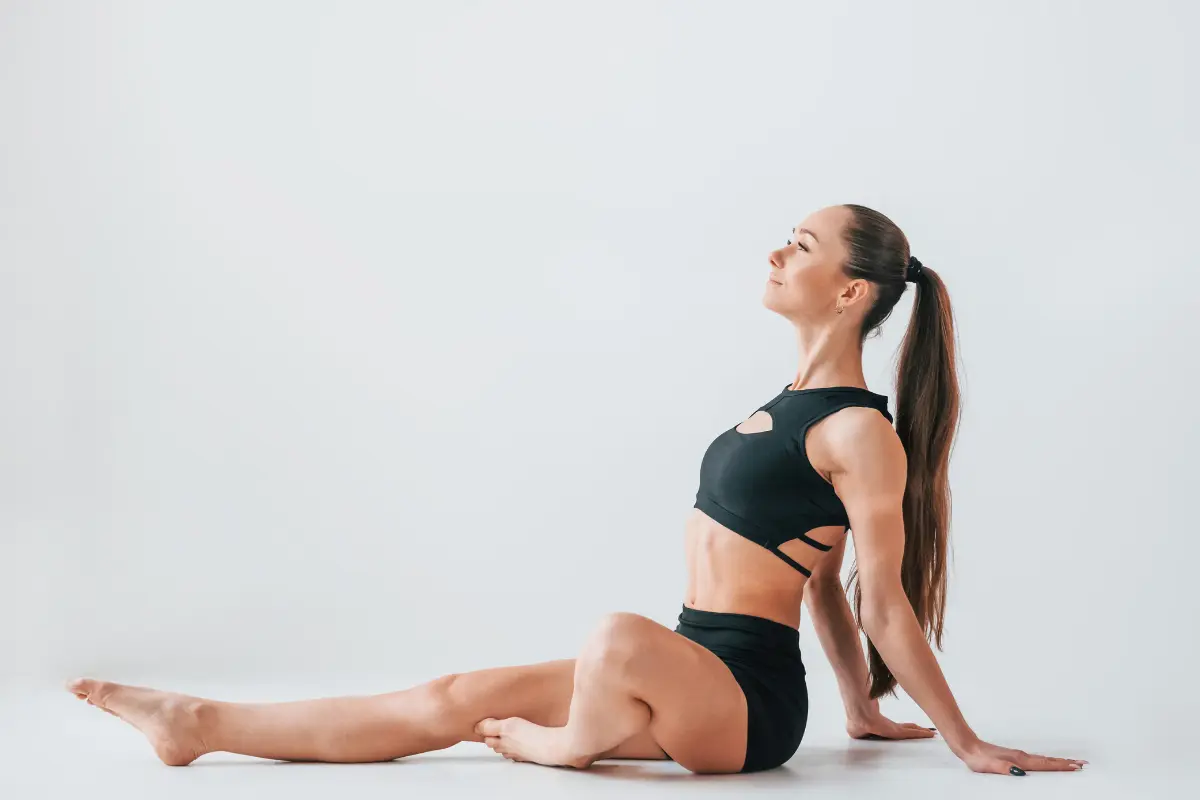When you see gymnasts in action, it’s hard not to notice their shoulders. They’re broad, round, and powerful, almost as if they were carved for both strength and symmetry.
But that kind of development doesn’t just happen. It’s the result of years of carefully structured training that combines smart preparation, solid fundamentals, and specialized exercises.
1. Preparation: Protecting and Priming the Shoulder Joint
Before gymnasts build strength, they prepare their joints. The shoulder is one of the most mobile—and most vulnerable—joints in the body. Without proper prehab, injuries can happen quickly.
That’s why gymnasts spend serious time on scapular and shoulder preparation drills. These include:
- Scapular push-ups, adductions, depressions, and supports – all designed to improve scapula control and shoulder stability.
- Elastic band exercises such as shoulder flexions, extensions, lateral raises, and rotations – targeting both the deltoids and the smaller stabilizing muscles around the joint.
The goal here isn’t heavy lifting. Instead, gymnasts use low to moderate resistance with higher reps to improve mobility and strengthen the supporting tissues gradually. And this isn’t just for beginners, shoulder prehab stays in the program throughout an athlete’s career.
2. Basics: Bodyweight Strength for Shoulder Development
Once the shoulders are primed, gymnasts build strength with fundamental bodyweight movements. These basics form the backbone of their upper-body power:
- Push-ups and dips (pushing strength, especially for the front delts).
- Rows and pull-ups (pulling strength, hitting the rear delts and back).
- Handstand push-ups (arguably the king of bodyweight shoulder exercises).
But what about the side delts, the muscle that gives shoulders that rounded, “capped” look? Gymnastics doesn’t emphasize aesthetics, but side delts still get indirect work. When gymnasts want extra focus, they’ll use lateral raises with bands, dumbbells, or cables.
Beyond the standard basics, gymnasts also practice unique drills like pump swings, scapula swings, Russian dips, and parallel bar support exercises. These add another layer of strength and control that goes far beyond a traditional gym workout.
3. Straight-Arm Strength: A Hidden Shoulder Builder
One of the lesser-known secrets behind gymnast shoulders is straight-arm training. These exercises—often seen on rings or parallel bars—require the arms to stay locked out while supporting or lifting the body.
In these positions, the deltoids (especially the anterior/front head) and the biceps work extremely hard. That’s why moves like planches, press-to-handstands, and levers develop such unique upper-body power.
Before diving into advanced variations, gymnasts first master progressions like:
- L-sits
- Elbow levers
- Shoulder stands
These build the foundation needed for harder elements and protect the shoulders from overstrain.
4. Gymnastics Routines: Shoulder Demands Across Apparatus
Finally, the way gymnasts train and compete naturally builds massive shoulder strength. In men’s gymnastics especially, three out of six apparatuses demand constant shoulder engagement:
- Pommel Horse – requires shifting body weight side to side in endless support positions.
- Parallel Bars – heavy on support holds, swings, and press-to-handstands.
- Rings – home to brutal strength holds like planches, Maltese, and inverted crosses, along with simpler but still taxing moves like the L-sit.
Even on floor and high bar, certain elements challenge shoulder stability and strength. Simply put, weak shoulders don’t survive long in gymnastics.
Sample Weekly Shoulder Workout (Gymnast-Inspired)
This routine combines preparation, basics, straight-arm strength, and accessory work. Do it 2–3 times per week, leaving at least one day of rest between sessions. Adjust difficulty with progressions or resistance bands.
1. Preparation (Warm-Up & Prehab)
Focus: Shoulder health, mobility, and activation.
- Scapular Push-Ups – 2 × 12–15
- Band External Rotations – 2 × 15 (each side)
- Band Lateral Raises – 2 × 15
- Arm Circles (forward & backward) – 2 × 20 seconds
Keep resistance light. The goal is to activate, not exhaust.
2. Basics (Foundational Strength)
Focus: Building pressing and pulling power.
- Push-Ups (or Weighted/Archer Push-Ups) – 3 × 10–15
- Dips (Parallel Bars or Bench) – 3 × 8–12
- Pull-Ups (neutral or wide grip) – 3 × 6–10
- Handstand Push-Ups (wall-assisted if needed) – 3 × 5–8
If handstand push-ups are too hard, start with pike push-ups.
3. Straight-Arm Training (Shoulder + Core Integration)
Focus: Gymnast-specific shoulder development.
- L-Sit Hold – 3 × 15–30 sec
- Tuck Planche Lean (on parallettes or floor) – 3 × 10–20 sec
- Shoulder Stand (on parallettes or tucked on floor) – 3 × 20–30 sec
Keep arms locked out and focus on form over duration.
4. Accessory & Aesthetic Work
Focus: Round, balanced shoulders.
- Band or Dumbbell Lateral Raises – 3 × 12–15
- Band Face Pulls – 3 × 12–15
- Cuban Rotations (light dumbbells or band) – 2 × 12–15
5. Finisher (Optional)
Choose 1 movement for extra challenge:
- Handstand Hold (wall-assisted or free) – 3 × 20–40 sec
- Pump Swings / Scapula Swings (parallel bars or rings) – 3 × 10–12 reps
Weekly Schedule Example
- Day 1 – Shoulder Routine
- Day 2 – Lower Body/Core
- Day 3 – Rest or light mobility
- Day 4 – Shoulder Routine
- Day 5 – Lower Body/Other Training
- Day 6 – Optional Shoulder Routine (lighter focus on prehab + straight-arm work)
- Day 7 – Rest
This way, you’re training your shoulders the way gymnasts do: not just for looks, but for strength, mobility, and control.
